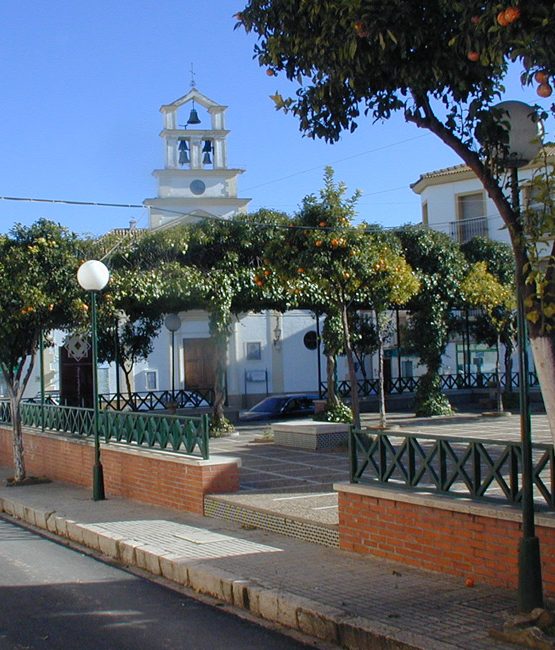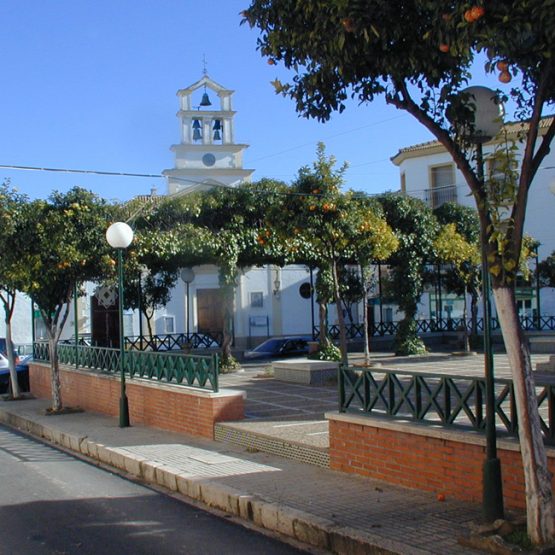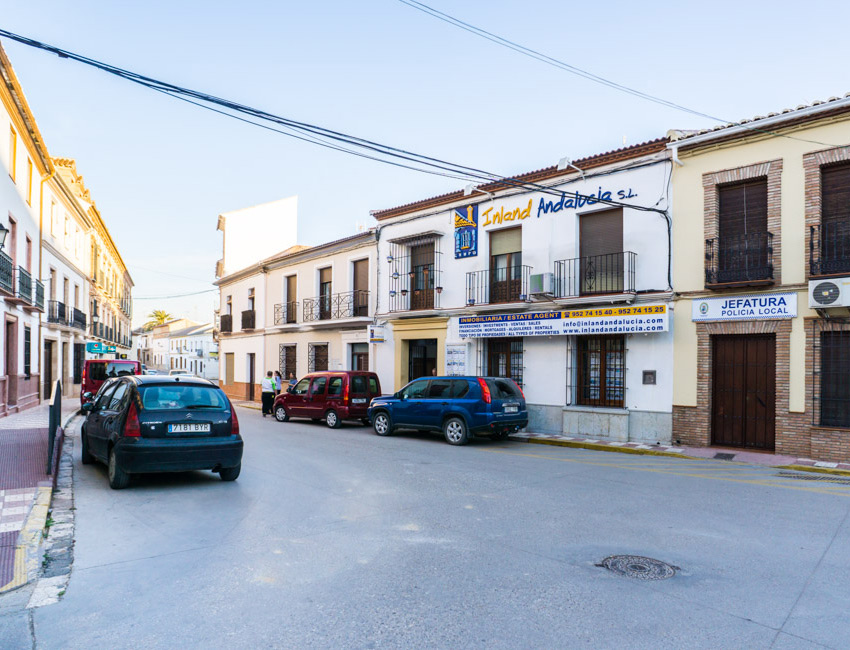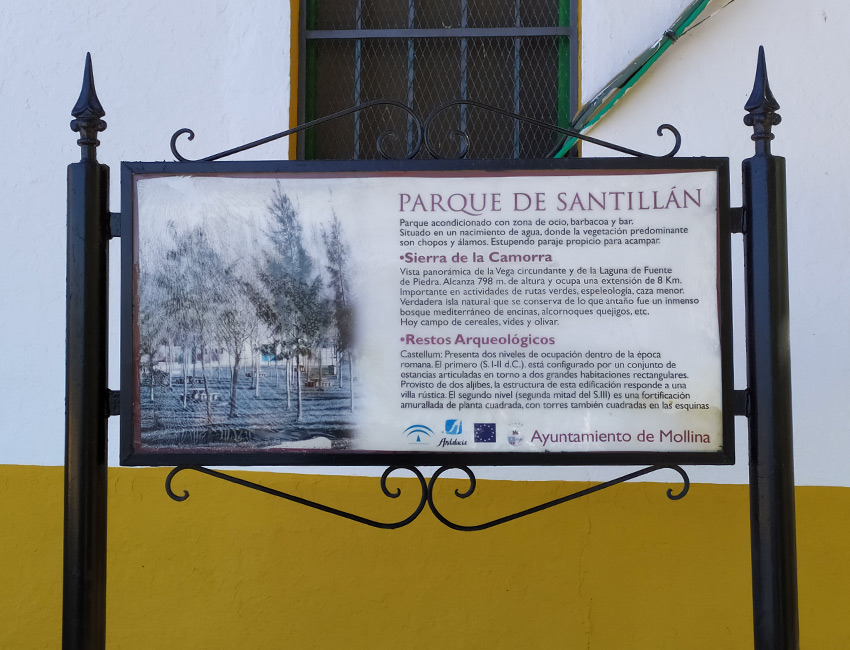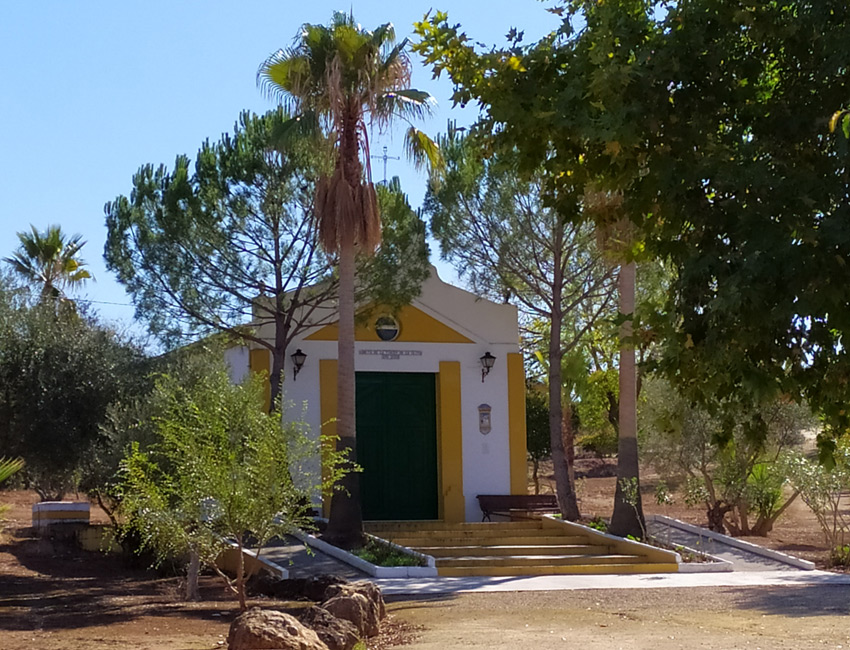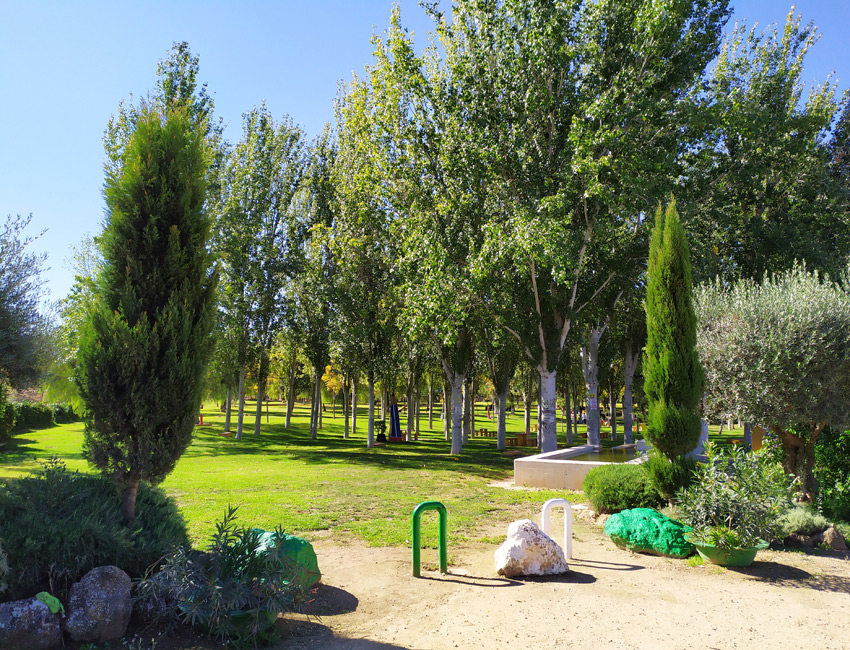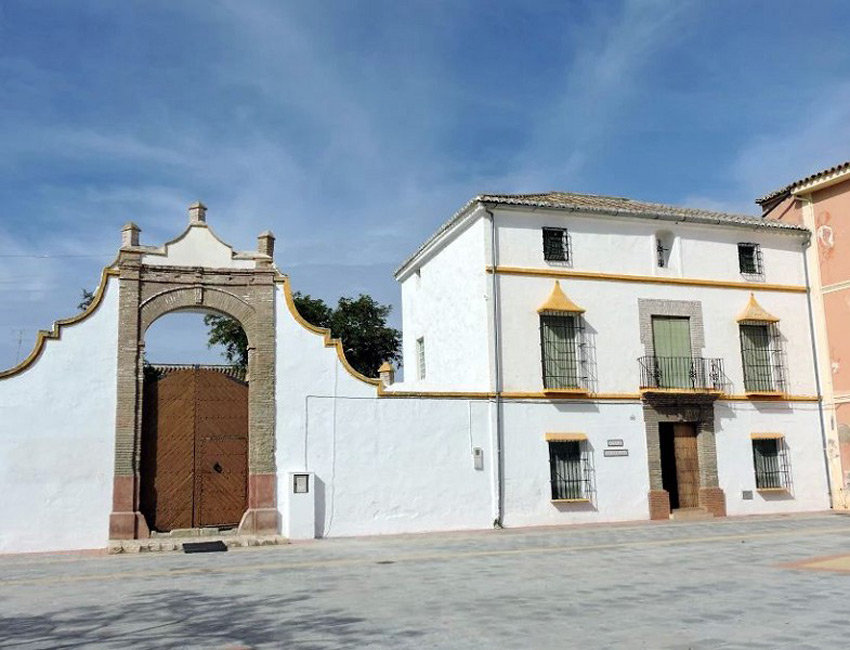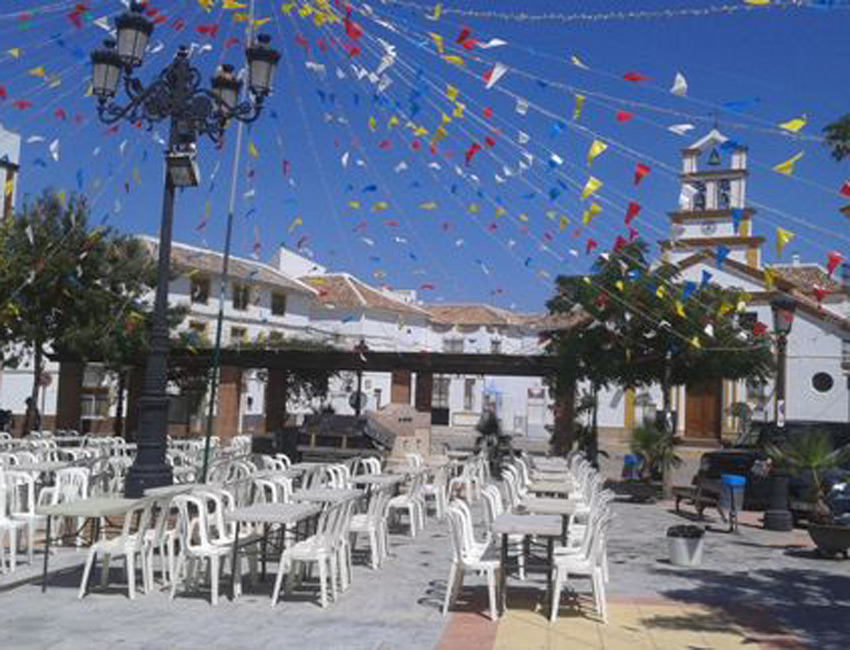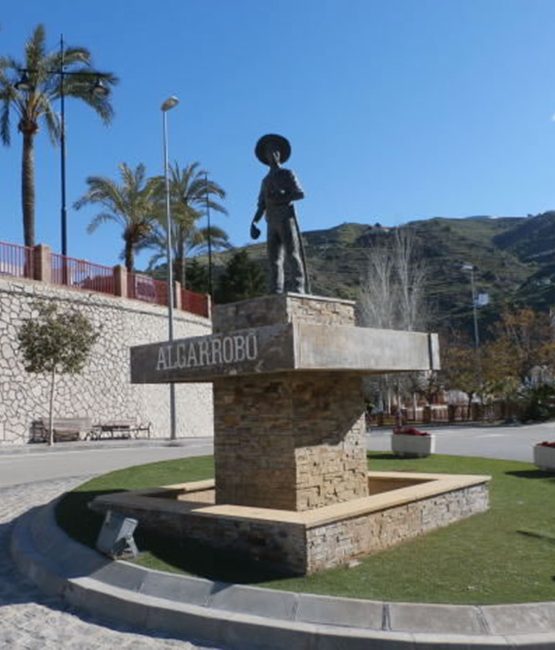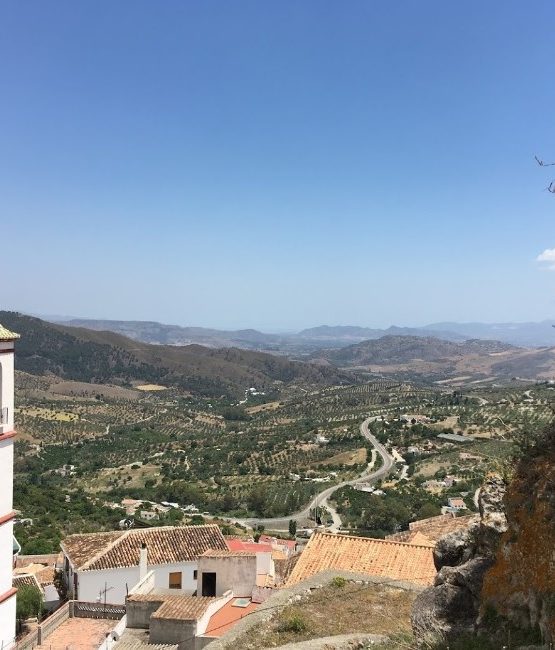Mollina in Malaga province has been a human settlement on the site of this small town since Neolithic times. Just 15km north-west of Antequera on the A92, on the lower slopes of the Sierra de Mollina, this is set in perfect olive and cereal country. It is also a mere ten km from the Laguna de Fuente de la Piedra lake, famous for its pink flamingos.
Local information
Ayuntamiento de Mollina
Calle de La Villa, 3 29532 Mollina (Malaga)
Telephone: 952-740-044
http://www.mollina.es/
 |
 |
 |
 |
 |
 |
| Residents 4800 |
Health Clinic | Bars, shops, restaurants | Schools | Municipal pool | Beach 1 h |
 |
 |
 |
 |
 |
 |
| Golf nearby | Antequera 16km Malaga 65km Granada 110km Seville 145km | Bus and train services |
Malaga airport 65Km |
Granada airport 110Km |
Seville airport 145Km |
Gallery
Main information
In fact, Mollina in Malaga which name derives from a milling tower ‘the Torre Mollina’. It was vanished some time in the Middle Ages. An alternative theory claims the name originates with its Roman rulers and derives from the Latin ‘mollis’, suave, or bland.
Town video
Fiestas
- 1th February – The Candelaria, or candle-lit procession.
- May – Romeria or procession into the country, in honour of the Virgen de la Oliva.
- Second week of August – The town’s summer feria is early but that is perhaps to make way for possibly the most important festival.
- Second week of September – The wine harvest festival, or Feria de la Vendimia.
Properties for sale in this town
Click here to view the property details.

